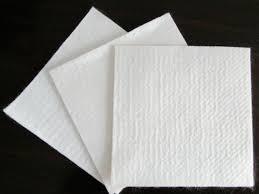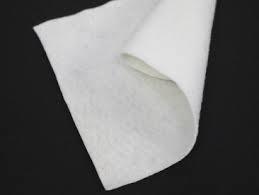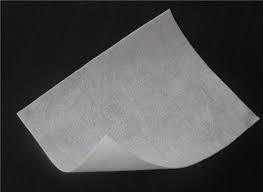
Staple Fiber Needle-Punched Nonwoven Geotextile – Efficient and Versatile Geotextile for Reinforcement, Drainage, and Erosion Control
- Commodity name: Staple Fiber Needle-Punched Nonwoven Geotextile – Efficient and Versatile Geotextile for Reinforcement, Drainage, and Erosion Control
Puncture resistance
High strength and water permeability
Chemical corrosion resistance
What Is Staple Fiber Needle-Punched Nonwoven Geotextile?
A staple fiber needle-punched nonwoven geotextile is a permeable fabric made by mechanically bonding short polypropylene (PP) or polyester (PET) fibers through a needle-punching process. It offers excellent filtration, separation, drainage, and protection properties in civil engineering and environmental projects.
This type of geotextile is widely used in road construction, landfills, drainage systems, retaining walls, and erosion control applications.
Key Technical Specifications:
-
Material: Polypropylene (PP) or Polyester (PET)
-
Mass per Unit Area: 100–1000 g/m²
-
Tensile Strength: ≥ 6–25 kN/m
-
Elongation at Break: ≥ 40%
-
Permeability Coefficient: ≥ 1.0 × 10⁻¹¹ m/s
-
Thickness: 1.0–6.0 mm (varies by weight)
-
UV & Chemical Resistance: Excellent
Applications of Staple Fiber Needle-Punched Nonwoven Geotextile
The Staple Fiber Needle-Punched Nonwoven Geotextile is widely used in various civil engineering applications, including soil stabilization, erosion control, drainage, and pavement reinforcement. Some key applications include:
Soil Stabilization: Provides reinforcement for road subgrades, railway embankments, and slopes, helping to improve load distribution and prevent settlement.
Erosion Control: Ideal for riverbanks, coastal areas, construction sites, and slope stabilization, protecting the soil from erosion caused by wind or water.
Drainage Systems: Used in drainage systems to filter and separate soil particles from water, allowing for effective water flow without clogging the system.
Landfills: Used in landfill construction to provide reinforcement and prevent deformation, as well as to act as a filter between soil and water.
Road Construction: Employed as a reinforcement layer in road foundations, improving the stability of road surfaces and preventing deformation.
Pavement and Asphalt Reinforcement: Used beneath asphalt layers to improve pavement stability, reduce cracking, and increase the lifetime of roads.
Retention and Filtration Systems: Often used in retention ponds and filtering applications to prevent the migration of soil particles while allowing for water flow.
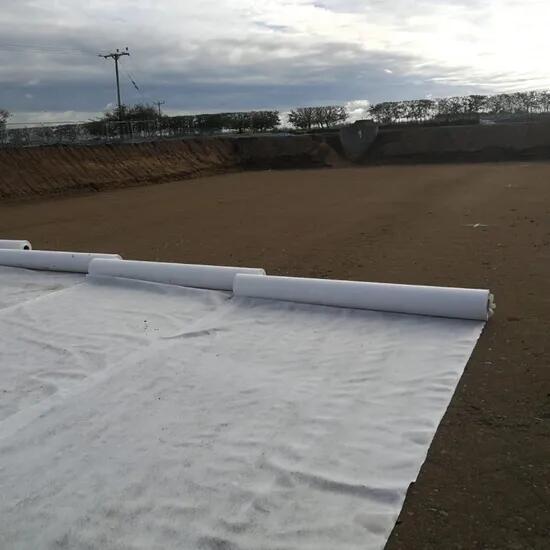
It efficiently intercepts soil particles while ensuring vertical water permeability, effectively preventing siltation and maintaining water-soil balance. It disperses the load and provides a flexible protective layer for the waterproof layer or soft foundation to resist the risk of puncture by sharp objects of gravel.
It promotes the natural penetration and entanglement of vegetation roots, realizes the coordinated soil consolidation of biology and mechanics, and is especially suitable for ecological slope protection and greening projects. The material is light, soft and easy to cut, and can fit tightly to irregular base surfaces, greatly improving the laying efficiency and coverage integrity of complex terrain.
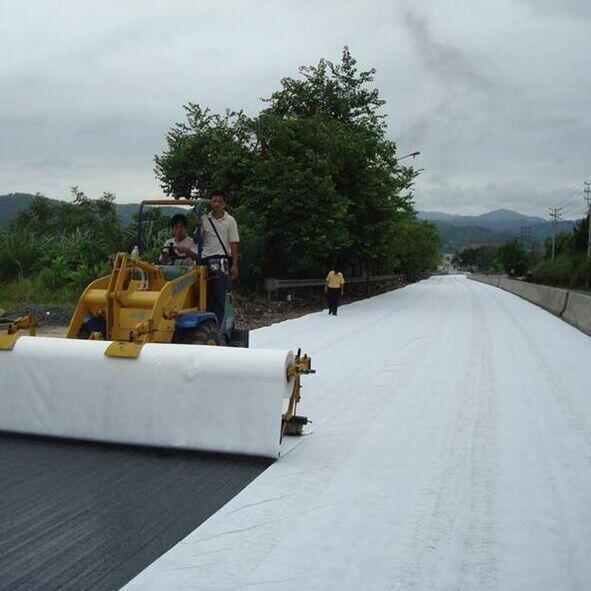
Looking forward to working with you
Sixteen foreign trade key account managers with more than ten years of engineering experience will promptly respond to any of your engineering questions. What are you waiting for? Let's get started.

Get A Quote
Note: Within a few minutes of filling out the form, you will receive the most timely and effective response.

